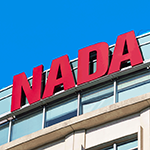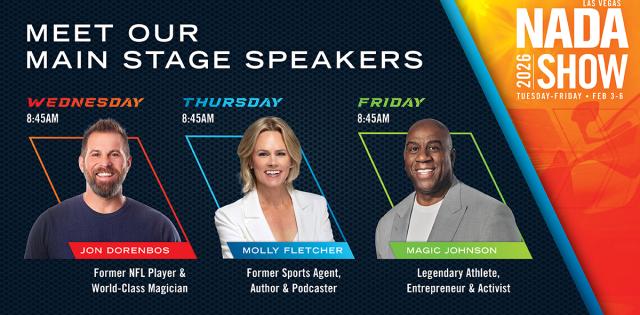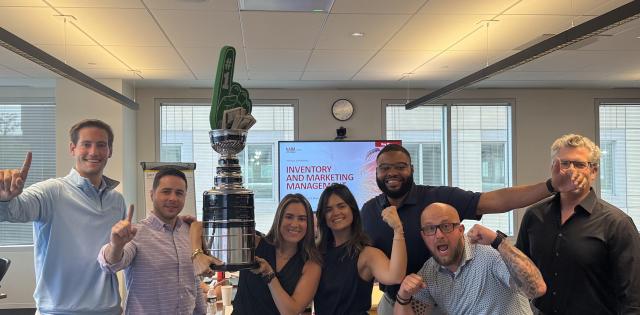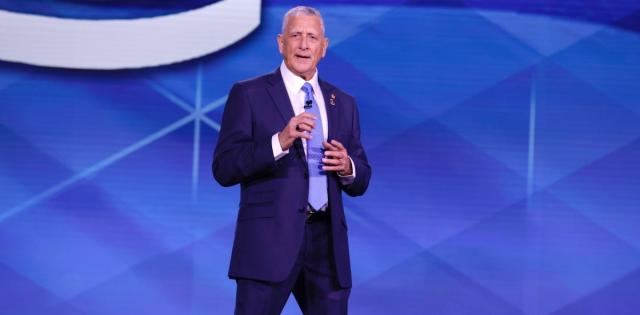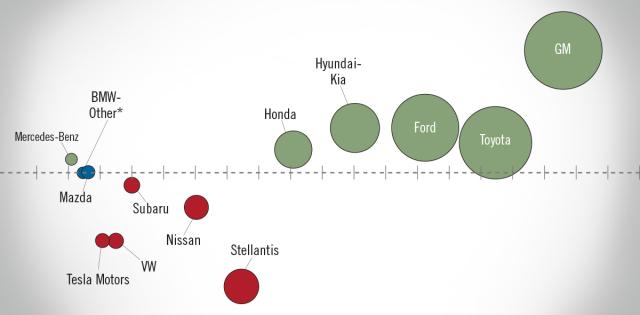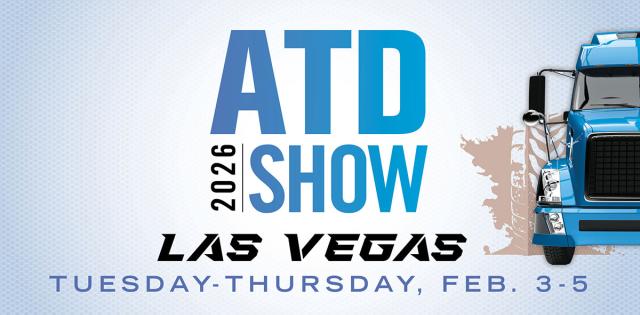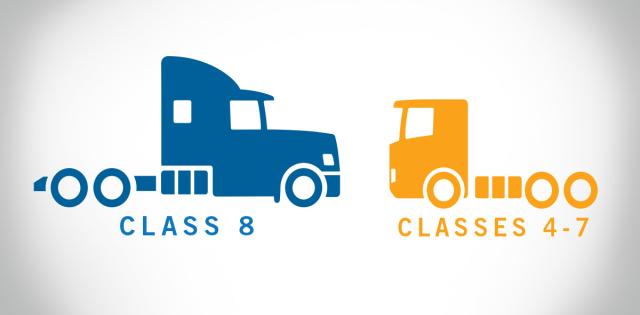When gearing up for a major purchase like buying a car, people do their research. More and more that means turning to the Internet.
Digital marketing gives dealers the opportunity to meet consumers in the digital realm and follow them through every phase of the purchase lifecycle, from raising brand favorability, to selling more cars, to increasing visits to the service bay. Digital marketing has been so successful, in fact, 2017 marked the first time that dealership spending on Internet advertising topped spending in all other advertising platforms combined.
The Main Platforms and How to Leverage Them
Below is a compilation of a core group of digital and social media marketing practices that most businesses—including auto dealers—focus on, and ways to best use them.
1. Your Website
Your website is your best marketing asset. Think of it as your storefront in the worldwide shopping mall that is the web. Your website should draw customers, build trust and loyalty, drive leads, and eventually, sales. You have to own the search space. The goal is to get your webpages to organically rank higher in the search results, ie: they’re recognized by search engines like Google as the web pages that are most relevant to a specific search query. To do all that, your website needs to be fast, secure, easy-to-use, mobile-friendly, and have content that is search-engine optimized (SEO).
2. Social Media Marketing
Today, seven out of ten consumers expect a business to have a well-maintained social media presence, and 17 percent of consumers actively use social networks when looking for information about a business. So you want to make sure you are being seen on the big social media platforms: Facebook, Instagram and Pinterest.
Facebook is the number one social media outlet and is the second most popular website in the world behind Google. Approximately, 68 percent of adults in the U.S. use Facebook and 75 percent of those users visit the site each day.
Running a not-so-close second is Instagram with 35 percent of U.S. adults saying they use this platform and 60 percent saying they visit daily. However, those Instagram numbers are growing quickly, increasing seven percentage points from the 28 percent who said they used the platform in 2016 and 10 percentage points in those who said they visit daily.
With an audience of 200 million monthly users, Pinterest counts 30 percent of all U.S. social media users among its audience. Pinterest is particularly popular among women who play the leading role in 85 percent of auto purchases.
Good social media content that engages audiences includes high-quality photos, videos, the use of trending hashtags, and geo-tagging. However, with social media, you can’t rely on organic reach alone. You’ll need to supplement your posts with paid social media ads and campaigns, which all three platforms offer.
3. Mobile Marketing
According to Google, 71 percent of a car shopper’s interactions take place on a mobile device. That’s why you need to test your mobile speed and make sure pages load in less than 3 seconds. It’s also why in 2016, Google AdWords released a mobile ad format specifically for auto marketers. These Model Automotive Ads and Dealer Automotive Ads, include:
- Exterior and interior images of cars searchers can swipe through
- Details about vehicle performance and features
- A find a local dealer section
- Links to navigate to a dealer site, and to call or get directions to a local dealer.
4. Email Marketing & Marketing Automation
Email marketing, ie: reaching out directly to customers via email, is still one of the most effective means of reaching interested, motivated customers. Every page of your website should have a clear call to action and an easy-to-fill out form, including email address and phone number.
That brings us to marketing automation, which on a very basic level means any form of messaging that is triggered automatically, either by your website or via Facebook, Instagram and LinkedIn. Whenever a potential customer fills out that website form, or likes or follows your dealership on social media, they should automatically receive an email message offering to follow up. You could also offer something to keep the conversation going, like an e-book, an expanded brochure, or a gift to be picked up at the dealership.
5. Search Engine Marketing
Remember when we compared your dealership website to a storefront? Well, just like with a store, location matters. It’s not just about showing up somewhere on the search results page, it’s about showing up on the first couple of pages, especially in your specific geographic area. For ideal placement, you might want to consider top-of-the-page text ads and bidding on keywords. “Just as they’d pay for placement in the ideal aisle of a store, successful brands make sure they're in the right virtual aisle by bidding on keywords that consumers use at the start of their decision-making process,” writes Google’s Matthew Rivard.
6. Pay-Per-Click Ads
Similar to search engine marketing, PPC advertising targets keywords people search online and places ads using those keywords at the top of the search engine page. Google, Bing, and Yahoo! will sell ad listings that appear in search results. With PPC, you only pay each time someone clicks on the ad. Those clicks will be directed to your website, creating more targeted traffic.
While there are several platforms that offer PPC advertising, the two most popular and effective are Google AdWords and Facebook Advertising, which allows you to create your own PPC ads within the Facebook Ads Manager. Both platforms allow you to set a budget, target your ads and see how they are performing.
Are PPC ads effective? According to Google, businesses make on average $2 in income for every $1 they spend in AdWords.
7. Retargeting
You know how ads follow you around all over the web even on to other websites? That’s known as retargeting (or remarketing), and auto dealerships can use it, too.
Retargeting shows ads to people who’ve visited your website or used your mobile app, but left without buying anything. It helps you reconnect with those interested visitors by showing relevant ads across their different devices. You can retarget and remarket on a variety of websites and platforms, including Google AdWords and Facebook, which has dynamic ads and remarketing campaigns specifically for auto dealers, allowing you to follow shoppers around with ads that display specific vehicles from your inventory catalog. It’s a few additional steps—to get started on Google, you need to create a Merchant Center account and link it to your AdWords account.
8. Demographic Targeting
How do you make sure you get the right message in front of your target audience? After all, the term “cool car” might mean something very different to someone who is 25-years-old than it does to someone who is 65-years-old.
Most digital platforms allow marketers to create highly targeted ads in order to reach the right segment of their market, including specific demographics such as age, gender, and income. These tools are worth getting familiar with because they allow auto dealers to display different ads to different car buyers who can be grouped into distinct categories.
Facebook Ads has some of the most powerful demographic targeting tools, allowing businesses to dial in core audiences, custom audiences and look-alike audiences. Instagram, which is owned by Facebook, uses Facebook’s demographic data to serve up ads to the appropriate parties. And Google AdWords has a “demographics” subtab under its “audiences” tab, allowing marketers to see the performance data of their ads among different ages and genders and adjust their bids accordingly.
9. Video Marketing
Next to Google, YouTube is the second largest search engine in the world, accounting for 3 billion searches a month. And Facebook reports that over 500 million people are watching video on that platform every day. So adding video to your digital marketing strategy makes sense.
It’s also incredibly effective: Almost 50 percent of Internet users look for videos related to a product or service before visiting a store and half of consumers who watch online product videos say it helps them make more confident purchasing decisions. Customers prefer short, succinct videos and the best marketing videos are under 60 seconds at most, under 10 seconds is ideal. Get more tips on how to make your video better from NADA’s Eric Hunsaker.
10. Measure Results
The main advantage of digital advertising is the ability to measure performance metrics and analytics data. Google AdWords gives you tons of objective data so you can see which ads lead to actions, measure how well your campaigns are performing across different time slots and targeted locations, and give you a better view of your customers. Facebook Audience Insights can show you how many people on Facebook live near your dealership, as well as their interests, their past purchase behavior and how they tend to shop (online vs. in-store). You can measure your Facebook and Instagram ads in the Facebook Ads Manager portal, while Pinterest’s Ad Manager measures how often your Promoted Pins are viewed and, more importantly, clicked on.

